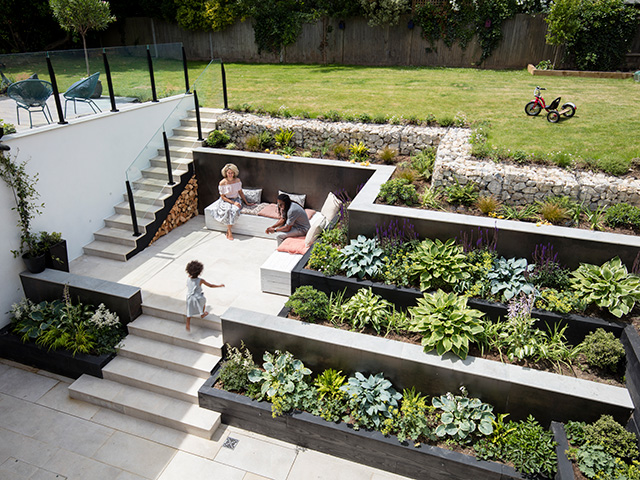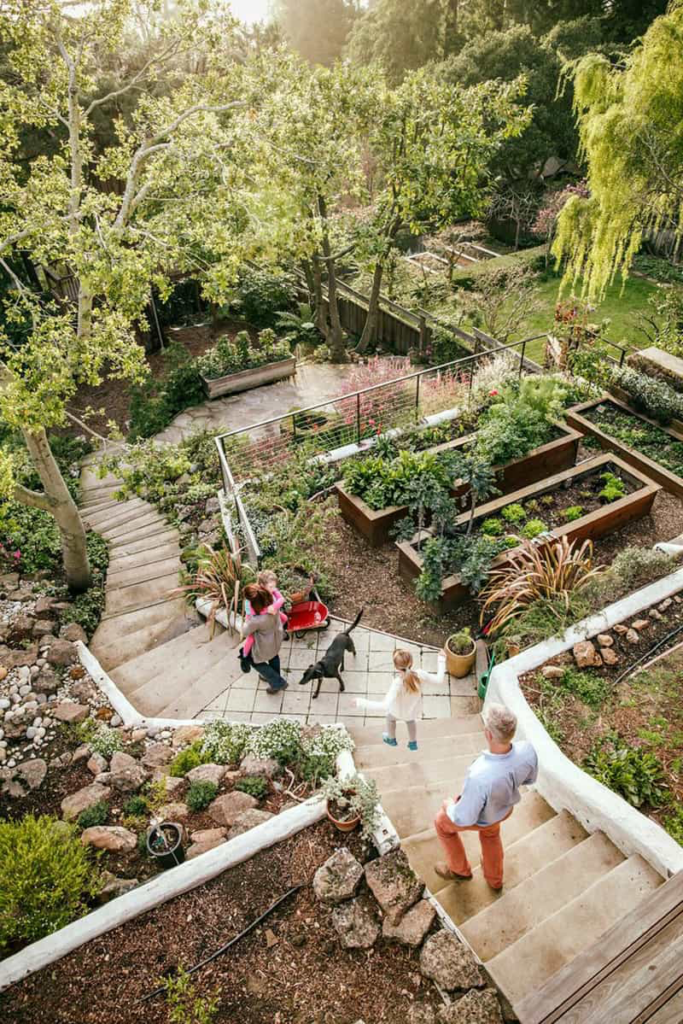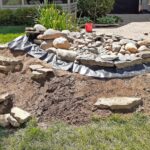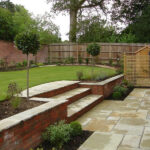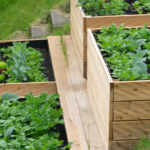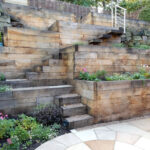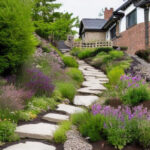Designing a garden on a slope can be a challenging yet rewarding task. With proper planning and execution, a sloped garden can be transformed into a beautiful and functional outdoor space. Here are some tips and ideas for designing a garden on a slope.
First and foremost, it is essential to evaluate the slope of the garden and consider any potential drainage issues. Proper drainage is crucial to prevent erosion and water runoff. Consider incorporating terraces or retaining walls to create flat, level areas that can be used for planting beds, seating areas, or pathways. These structures not only help to prevent erosion but also add visual interest to the garden.
When selecting plants for a sloped garden, it is important to choose varieties that are suitable for the specific conditions of the site. Plants with deep root systems are ideal for holding soil in place and preventing erosion. Groundcovers, such as creeping thyme or sedum, can also be effective at stabilizing soil on a slope. Additionally, consider using a mix of native plants and ornamental species to create a diverse and visually appealing garden.
Incorporating steps or pathways into a sloped garden can make it more accessible and enjoyable to navigate. Stone or gravel pathways can add texture and contrast to the landscape, while steps made from natural materials like wood or stone can help to break up the slope and create a sense of progression through the garden. Consider adding lighting along pathways to enhance safety and create a magical ambiance in the evening.
To make the most of a sloped garden, consider incorporating vertical elements such as trellises, arbors, or pergolas. These structures not only provide support for climbing plants but also add height and interest to the garden. Vertical elements can help to draw the eye upward and create a sense of depth in a sloped garden. Consider planting vines like clematis or wisteria to climb these structures and add a touch of whimsy to the space.
Incorporating water features into a sloped garden can create a tranquil and serene atmosphere. Consider adding a cascading waterfall, babbling brook, or reflecting pond to enhance the natural beauty of the slope. Water features not only add visual interest but also provide a soothing soundtrack that can mask noise and create a sense of calm in the garden. Place seating areas near water features to take advantage of the relaxing ambiance they provide.
Lastly, don’t forget to consider the overall aesthetic of the garden when designing on a slope. Pay attention to color, texture, and scale when selecting plants and materials. Consider using a cohesive color palette and repeating elements like stone, wood, or metal throughout the garden to create a sense of unity and cohesion. With careful planning and attention to detail, a garden on a slope can become a stunning and inviting outdoor oasis.
